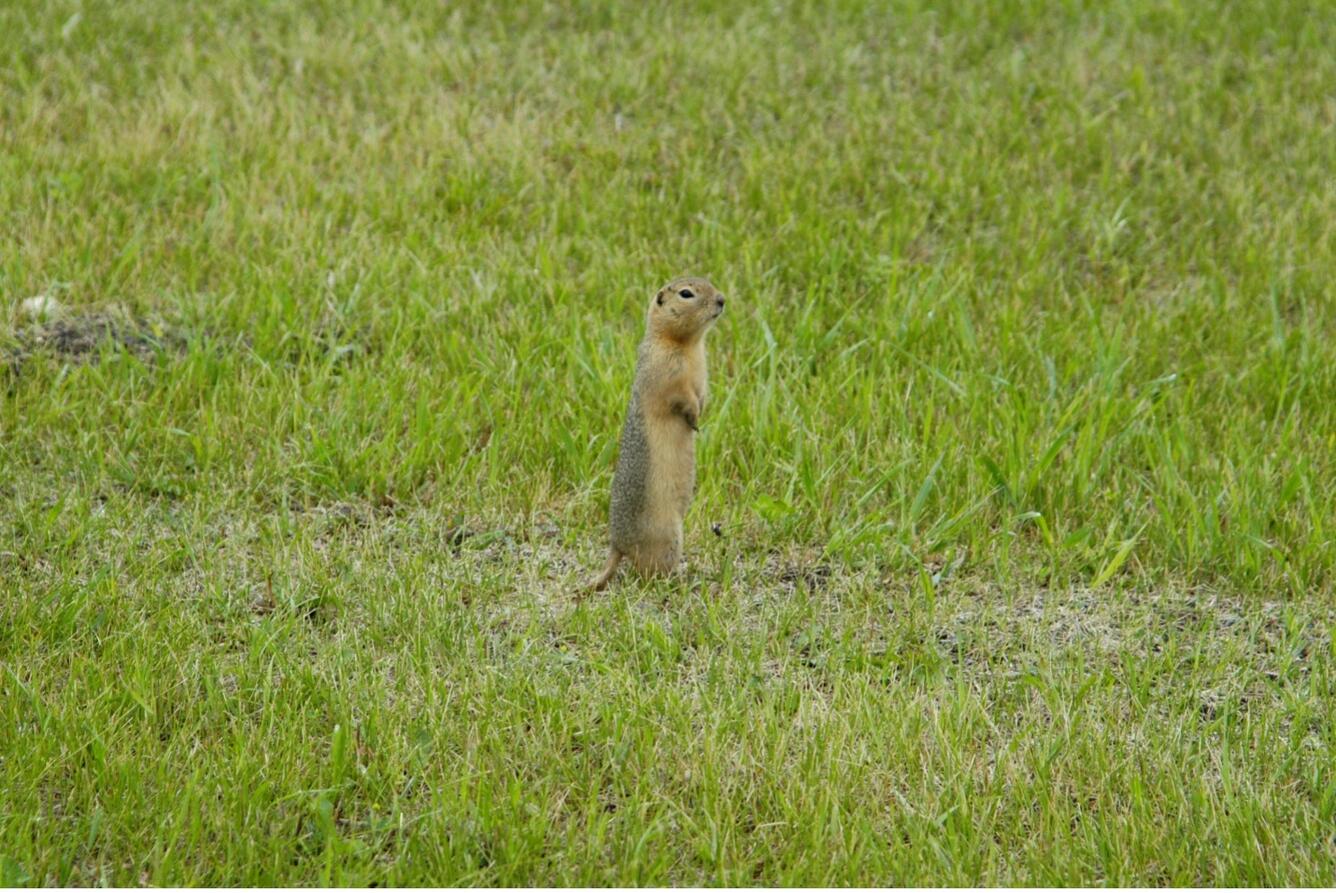Water Resources in Minnesota Significantly Improved by Land Restoration
Conversion of agricultural lands to wetland and native prairie greatly enhanced the quality of water resources, increased groundwater recharge and decreased floodwaters in the Glacial Ridge National Wildlife Refuge, Minnesota, according to a U.S. Geological Survey study.
Starting in 2000, The Nature Conservancy acquired and restored approximately 25,000 acres at Glacial Ridge, returning nearly all of the land to native wetland and prairie. Scientists with the USGS, in partnership with The Nature Conservancy, the U.S. Fish and Wildlife Service and the State of Minnesota, compared the hydrology of the area before and after restoration. They found substantial improvements in groundwater flow, water runoff rates and water quality as a result of land restoration, especially in areas with shallow groundwater or where drained wetlands were restored.
“These restorations will benefit the people and ecosystems of western Minnesota by reducing flooding and improving water quality,” said Tim Cowdery, USGS scientist and lead author of the report.
The study found a number of hydrological improvements at Glacial Ridge due to the restoration:
- The rate of water runoff decreased by 33%. High runoff is undesirable because it can cause flooding and reduces the amount of water entering underground aquifers;
- The rate of groundwater recharge increased by 14%. Groundwater recharge is the process by which water soaks down from the land surface into an aquifer. Recharge is important because it helps maintain the amount of water stored in aquifers which is used for drinking water and irrigation;
- Ditch flow decreased by 23%. Reduced ditch flows were beneficial because they resulted in less water leaving the study area, helping to prevent flooding downstream;
- Concentrations of nitrate, a type of nutrient, decreased by 79% in groundwater and 53% in ditch water. Although nitrate is essential for plant growth, too much can harm or kill aquatic animals like fish, affect the quality of water used for recreation and make the water unfit to drink.
“The dramatic increase in wetland and prairie habitat at this location provides tremendous benefits for a diversity of wildlife and plants,” said Gregory Knutsen, manager at Glacial Ridge National Wildlife Refuge. “Additionally, this restoration has created a wealth of public recreation opportunities, such as hunting and birding. It also helps ensure clean water for residents of Crookston, Minnesota, whose major source of drinking water is aquifers within and around Glacial Ridge National Wildlife Refuge.”
The study also found that the benefits of restoration were not distributed evenly across the study area. Areas that experienced the greatest improvements in hydrology were those where an aquifer exposed at the land surface. Areas where wetlands that had been drained for agricultural purposes were then restored also benefited significantly. These findings can help resource managers focus future restoration efforts on areas with similar landscape features, where maximum restoration benefits will most likely occur.
“This study shows the value of natural areas and the legacy of Glacial Ridge,” said Peggy Ladner, director of The Nature Conservancy in Minnesota. “Protecting and restoring prairies and wetlands not only provides wildlife habitat and opportunities for outdoor recreation but it also provides clean drinking water and protection from flooding.”
Ladner noted as the largest prairie-wetland restoration project in U.S. history, Glacial Ridge wouldn’t have been possible without the help of USDA’s Natural Resources Conservation Service and other partners.
Funding for this study was provided by the Minnesota Environment and Natural Resources Trust Fund as recommended by the Legislative-Citizen Commission on Minnesota Resources.
For more information about water studies in the region, please visit the USGS Upper Midwest Water Science Center website.









